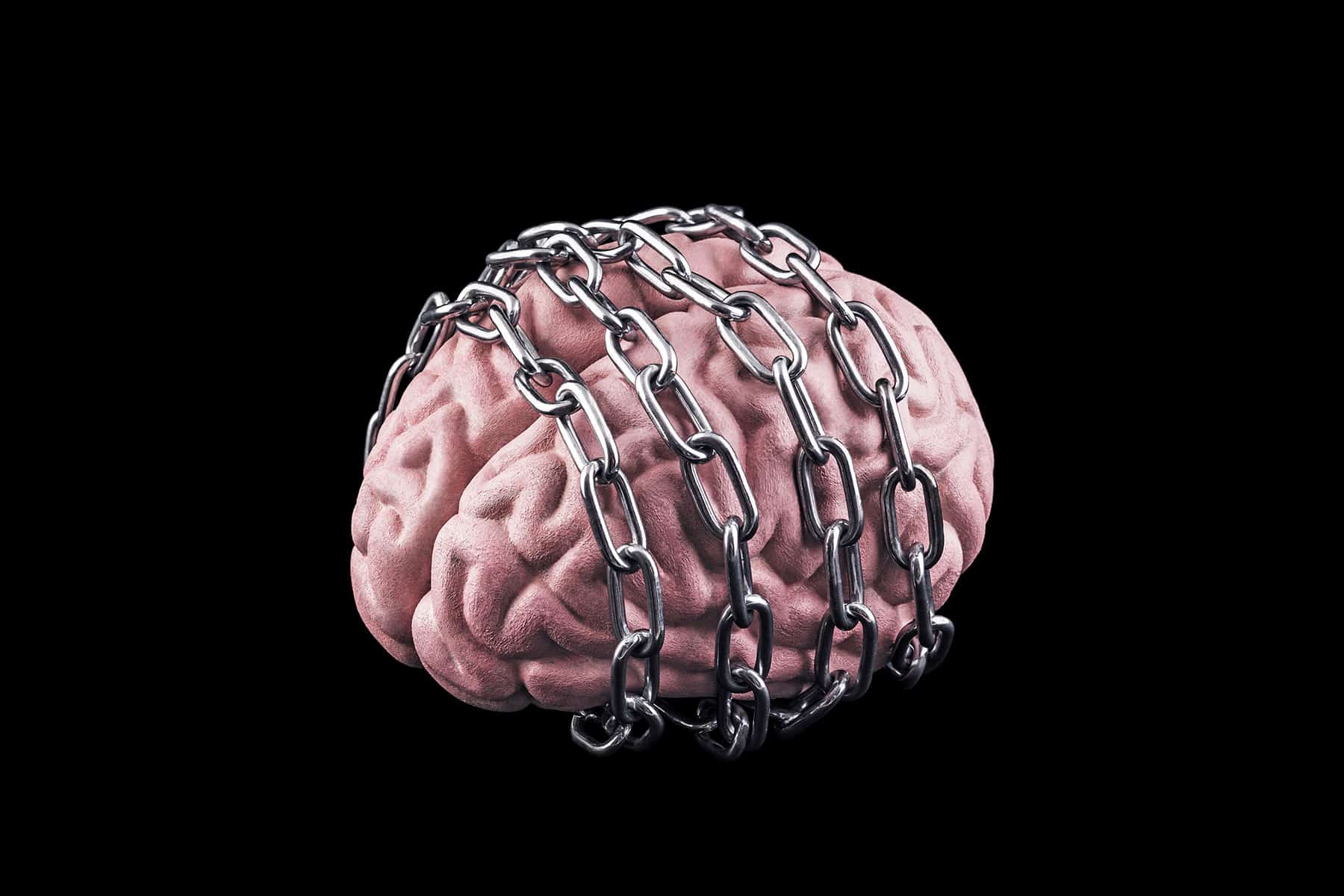When weekly therapy isn’t enough but inpatient treatment feels like too much, programs like PHP and IOP can offer the right balance of structure and flexibility. These treatment options provide consistent support while still allowing people to live at home and stay connected to daily life.
In this guide, we’ll break down how they work, who they help, and how to choose the level of care that fits your needs.
What is an IOP?
An IOP is a type of treatment that gives you more support than regular therapy without needing to stay overnight. It’s designed for people dealing with mental health issues, addiction, or both, who are stable enough to live at home but need more structure to stay on track. It lets you keep up with work, school, or family life while getting consistent care a few times a week.
How Do Intensive Outpatient Programs Work?
IOPs combine different types of therapy, such as group sessions, one-on-one support, and skills-building, into a weekly schedule. It’s not one-size-fits-all. Each person’s plan is tailored to their specific challenges, which helps make treatment more effective and easier to stick with. The goal is to get to the root of what’s going on, not just manage surface-level symptoms.
Who Is a Good Candidate for an IOP?
IOP works best for people who need more than a weekly therapy session but don’t need 24/7 supervision. It’s often a helpful step for someone leaving inpatient care or for anyone who’s struggling to manage symptoms on their own but still has a solid support system at home.
You might be a good fit for IOP if:
- You’re coming out of a residential or inpatient program and want continued support.
- You’ve tried weekly therapy but need something more structured.
- You live in a safe, stable environment that supports your recovery.
What Is a PHP?
A PHP is a short-term, intensive treatment option for people who need more support than outpatient care but don’t need to stay overnight in a hospital or residential facility. It’s meant for adults who are struggling with mental health, substance use, or both, and need daily structure to stabilize. Most people attend treatment during the day, then return home in the evenings.
How Do Partial Hospitalization Programs Work?
PHPs usually involve full-day schedules, five days a week, with a mix of group therapy, individual sessions, psychiatry, and skills-based support. Each person follows a treatment plan that’s tailored to their specific needs, helping them build coping tools, manage symptoms, and work through the root of their challenges in a safe, supportive environment.
The goal is to create enough structure to support healing while still allowing the person to stay connected to everyday life outside of treatment hours.
Who’s a Good Fit for PHP?
PHP is a good option for adults who need a high level of care but don’t require 24/7 supervision. It can also be a helpful step-down after inpatient or residential treatment, or a step-up when outpatient therapy isn’t enough.
You might be a good fit for PHP if:
- You’ve recently been hospitalized or in residential treatment and need continued daily support.
- You’re experiencing intense symptoms that make everyday functioning difficult but don’t need overnight care.
- You live in a safe, supportive home environment and can reliably attend treatment during the day.
What’s the Difference Between PHP and IOP?
PHP and IOP are structured treatment programs offering more support than traditional outpatient therapy, but the main difference is how intensive they are and how often you attend.
They Offer Different Levels of Care
PHP is the higher level of care. It usually runs five days a week for most of the day, similar to a full-time job. It’s designed for people who need daily support to stabilize their mental health or substance use but don’t require overnight care.
IOP is one step down. It offers consistent support, usually three to five days a week for a few hours at a time. It works well for people who are ready for more independence but still need regular structure and accountability.
How to Choose the Right Level of Care for Addiction Treatment
When it comes to treating substance use, the right level of care depends on what someone needs to stay safe, make and track progress in recovery, and stay committed to recovery. Both PHP and IOP can be effective options — it’s about finding the best fit for where someone is right now.
If You’re Newly Sober
A PHP is often the better choice if someone is newly sober, has recently relapsed, or is dealing with strong cravings, withdrawal symptoms, or intense emotional distress. This level of care can also help work through difficult emotions like shame and guilt, which are common in early recovery and often make it harder to stay committed without daily support.
The daily structure helps reduce risk of relapse and provides a high level of accountability while they build early recovery skills.
IOP is Best for Maintaining Progress
An IOP may be a good starting point if the person has already gone through detox, has a few weeks of sobriety, and is emotionally stable enough to manage some independence. It’s also a natural next step after PHP for people who are ready to practice what they’ve learned while still receiving regular support.
This stage of care can also help people rediscover what life in recovery can offer: building routines, exploring new interests, and learning how to actually enjoy being sober.
Moving Between Levels of Care
It’s common for people to move between levels of care based on how they’re doing. If someone starts with PHP and stabilizes, they may step down to IOP. If someone begins in IOP but needs more structure, they can shift into PHP for a period of time. Treatment teams can help make those transitions based on each person’s progress and needs. Understanding how long rehab usually lasts can help you plan for these different stages of care and what to expect as you progress through treatment.
Is One More Effective Than the Other?
Neither program is automatically better—it depends on what kind of support someone needs. PHP is a better fit when daily care is needed to stabilize symptoms or manage early recovery. IOP is a strong option when someone is ready to build independence while still getting regular support. The right fit is the one that matches your current level of need.
Is There Support Outside of Treatment Hours for Both?
Most programs offer some level of support outside of scheduled sessions. That might include a 24-hour crisis line, help with referrals, or check-ins with a case manager. If you need extra support outside of treatment hours, talk to the intake team about what’s available.
Do Both Programs Treat Mental Health and Addiction?
Both PHP and IOP are designed to treat mental health conditions, substance use, or both at the same time. This is often called dual diagnosis treatment, and it focuses on addressing the full picture rather than treating each issue separately. Whether someone is dealing with anxiety, depression, trauma, addiction, or all of the above, these programs work to support long-term healing.
Can You Work or Go to School While in PHP or IOP?
IOP is designed to fit into daily life, so many people continue working, going to school, or caring for family while in treatment. PHP is more intensive and usually takes up most of the day, which can make it harder to balance with other responsibilities. That’s why PHP is often a short-term step before transitioning into IOP.
How Are Medications Managed in PHP vs. IOP?
Both programs typically include medication support as part of the treatment plan. In PHP, medication management is often more hands-on, with frequent check-ins to monitor how things are going. In IOP, those check-ins still happen, but usually on a weekly basis or as needed depending on the situation.
Still Not Sure if You Need an IOP vs. a PHP?
If you’re not sure where to start, you’re not alone. Most treatment centers offer an assessment to help figure out what kind of care is the best fit. They’ll talk with you about your symptoms, support system, and goals, then recommend a level of care that matches where you are right now. You’re not locked into one option — your plan can change as your needs change.
Learn More About PHP and IOP at Northpoint Recovery
Whether you’re stepping down from inpatient care or need more structure than weekly therapy, Northpoint offers treatment programs for drug addiction and alcohol addiction at multiple levels of care to support lasting recovery. Contact us today to see which level of care is right for you.


